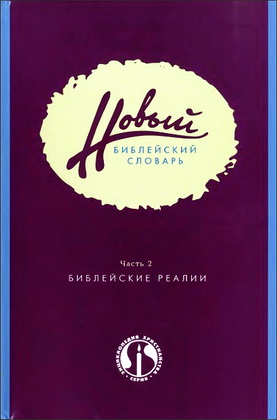
Mantel - Studies in the history of the Sanhedrin
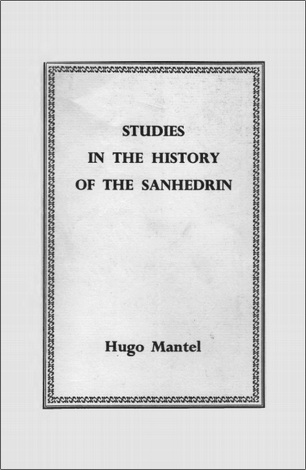
Harvard Semitic Series XVII
The ancient Jewish institution called Sanhedrin derives its name from the Greek word synedrion, meaning "assembly" or "governing body." So far as Jewish historical writing is concerned, the Greek term as applied to the Sanhedrin occurs for the first time in the writings of Josephus. The history, as well as the functions and composition, of the Sanhedrin has presented modern scholars with a number of difficult questions. The present collection of studies examines some of the answers they have proposed at the same time that it proposes answers of its own.
Our knowledge of the Sanhedrin is derived from two sets of sources: the one Greek, the other Hebrew. Unfortunately, we are at once confronted with the problem of reconciling these two sets of sources, for they do not speak with a single voice. The account of the Sanhedrin in Josephus and the New Testament does not tally with the account to be found in the Talmud.
Hugo Mantel - Studies in the history of the Sanhedrin
(Harvard Semitic Series XVII)
Harvard University Press, Cambridge, Massachusetts, 1965 - 378 pp.
Hugo Mantel - Studies in the history of the Sanhedrin - Contents
- Introduction
- Chapter I. The Title Nasi in Jewish Tradition
- Chapter II. The Sanhedrin in Rabbinic and Greek
- Chapter III. The Titles Ab Bet Din, Hakam, and Mufla
- Chapter IV. The Removals of the Sanhedrin from Jabneh to Usha
- Chapter V. The Offices of the Nasi
- Chapter VI. Jesus, Paul, and the Sanhedrin
Appendixes
- A. On the Reliability of the Rabbinic Sources
- B. Capital Cases Outside Jerusalem
Abbreviations
Bibliography
Index of Authors and Sources
Index of Subjects
Addenda and Corrigenda
Hugo Mantel - Studies in the history of the Sanhedrin - Jesus, Paul, and the Sanhedrin
According to the Gospels the trial of Jesus took place before the Sanhedrin with the high priest presiding; yet according to rabbinic tradition the presiding officer of the Sanhedrin was a Pharisaic scholar, not the high priest. In our first chapter we pointed out that there is no reason to doubt the trustworthiness of this tradition, while in the second we found that the Synedrion of the Gospels is not identical with the Sanhedrin in the Hall of Gazit. The one was a political, the other a religious body. So there is no contradiction between the rabbinic sources and the New Testament concerning the court before which Jesus was tried. The difficulty lies rather in the Gospel accounts of the circumstances of Jesus' trial, especially the day on which it occurred, on the one hand, and the nature of the charges brought against him on the other.
Were There Two Passovers?
The Gospel narratives of the trial not only fail to accord with what we know of Roman and Jewish law, but they also fail to accord with one another. So it appears from the Synoptic Gospels that Jesus was tried for his life twice, although Roman law forbade placing a man in jeopardy twice for the same offense. Further, the Gospels are agreed, Jesus was examined in the house of the high priest. Yet his trial did not take place, as Jewish law required, before the Great Sanhedrin in the Hall of Gazit. Again, the Gospels variously describe the proceedings as having taken place at night, or on a festival morning, or on both. Now, it is a rule of the Mishnah that all trials had to be conducted in the daytime, and never on a festival, or even on the day before a festival. Finally, the Gospels do not seem to speak with one voice even in so vital a matter as the date of the crucifixion. For, while the Synoptists report that Jesus was crucified on the first day of Passover, John fixes the date on the eve of Passover.
It has been objected that this appeal to the ruling of the Mishnah proves nothing, since the Mishnah is a Pharisaic work dating from the end of the second century, besides which, the high priests at the beginning of the first century were Sadducees. Yet there is evidence that the ruling existed in the time of Jesus. So Josephus cites Augustus edict that no Jew should be compelled to attend a Roman court anywhere in the empire on a Jewish holiday or the afternoon before a holiday. And there is no evidence, outside the Gospels, that the Sadducees ignored it. Again, the Mishnah rules that a verdict of "guilty" may not be delivered on the same day as the trial, as appears to have been done in the case of Herod. Scholars have invoked a passage in the Talmud to show that this rule was frequently violated in Jesus' time. Actually, the passage shows nothing of the sort, except possibly in Rodkinson's deplorable translation of it. What the passage shows is that the Talmud ascribes the scriptural origin of the rule to Isaiah's complaint against its violation in his own time.
Yet even if we suppose with Chwolson, whose theory we are about to examine, that Pharisaic rules were not in force in the days of Jesus, what are we to make of the fact that the Gospels, although they are agreed that the crucifixion took place on a Friday, differ with regard to the day on which the Passover meal was eaten ? In the Synoptics it is Thursday evening, in John Friday evening. It is to this difficulty, especially, that Chwolson addresses himself in his attempt to reconcile the contradictions in the Gospel accounts of the trial. The fourteenth of Nisan, he believes, fell on a Friday in the year of Jesus' crucifixion, and the complications to which this gave rise help, in his opinion, to explain the discrepancy between the Synoptists and John. The argument is as follows. The Sadducees were in charge of Temple affairs and hence able, when the fourteenth of Nisan fell on Friday, to forbid the slaughtering of the Paschal lamb at the decreed time— that is, at dusk. The reason why they forbade it was that they took the scriptural phrase ben ha-arbayim ("at dusk") in its strictest sense, which meant that if the slaughtering of the lamb were to take place as usual at dusk, the roasting would have to be done in the evening, and such activity is prohibited on the Sabbath. Accordingly the Sadducees ordered the Passover sacrifice to be brought on Thursday evening. Free to choose when they would eat the Passover meal, though the two parties were at loggerheads in this matter, the Pharisees, among them Jesus and his disciples, ate the meal on Thursday evening, and so fulfilled the scriptural commandment that the Paschal lamb be eaten on the night following its slaughter; while the Sadducees ate theirs on Friday evening in obedience to the other half of the same commandment that no part of the lamb be left over to the following day: that is, the first day of the festival.
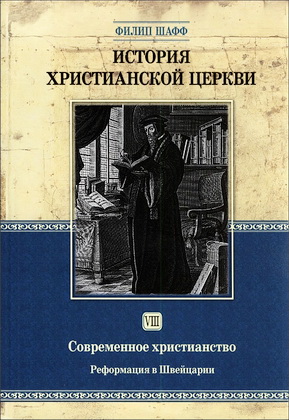
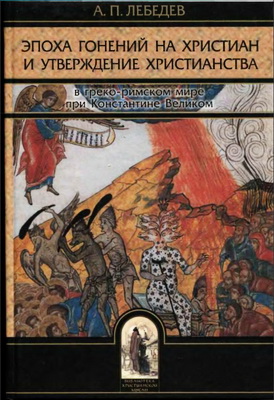
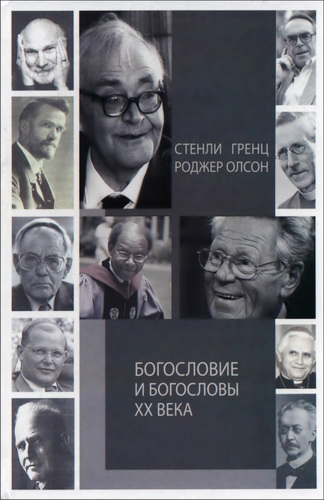

Комментарии (1 комментарий)
Alexandr Tarasenko
Лучшая из двух известных мне монографий по истории Синедриона! Библеисты, к-е исследуют НЗ в контексте иудаизма эпохи Второго Храма, должны периодически обращаться к ней.
Ждем и вторую монографию, вот эту: Hoenig S. B. Great Sanhedrin: A Study of the Origin, Development, Composition and Functions of the Bet Din ha-Gadol During the Second Jewish Commonwealth. Philadelphia, 1953.